#landscape photography awards
Text

Some places on this earth are so perfect that I could not imagine them being more beautiful, and this one fits right in that category for me.
PRINT SHOP
#waterfa#waterfall photography#nature#landscape photography#landscape photography podcast#contemporary photography#outdoors#water#cascade#canon usa#fine art photography#michael clarke photography#michael j. clarke#new hampshire#white mountains#new england photography#landscape photography awards
99 notes
·
View notes
Text
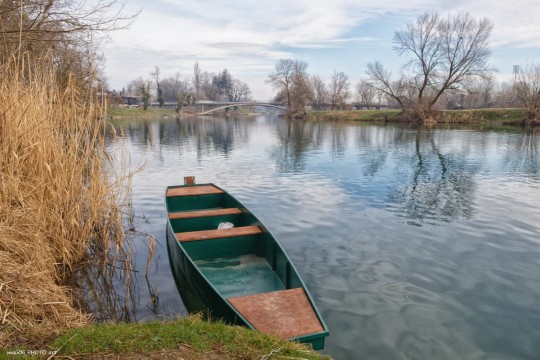
River Korana
This photo has been selected for Explorer on Flickr at February 26, 2024.
#canon#croatia#europe#photo#photography#hrvatska#photographers on tumblr#original photographers#boat#nature#award#explore#flickr#fotografia#foto#my photos#canon photography#landscape photography#original photography#original photography on tumblr#urban landscape#landscape#landscapeexposurenetwork#landscapephotography#sky photography#sky#clouds
91 notes
·
View notes
Text

RIKEN YAMAMOTO
YAMAKAWA VILLA, 1977
Nagano, Japan
Image © Riken Yamamoto
#riken yamamoto#pritzker prize#architecture#award#architecture award#design#architect#art#designer#archdaily#artwork#photography#juliaknz#form#private residence#residential#pavillion#nature#context#landscape#japanese architecture
81 notes
·
View notes
Photo
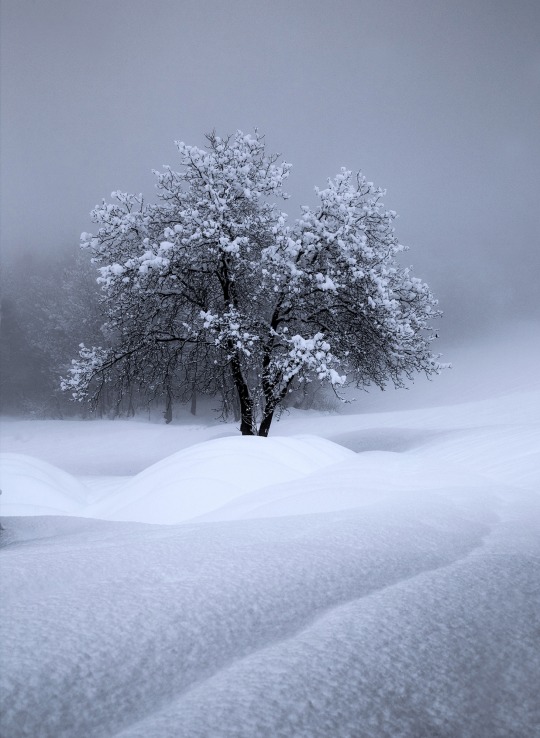
Frozen
Frozen tree after a heavy snowfall in southern Switzerland
Photographer: Alex Polli
The International Photography Awards™
#alex polli#photographer#the international photography awards#frozen#frozen tree#snowfall#switzerland#landscape#nature#winter
429 notes
·
View notes
Text
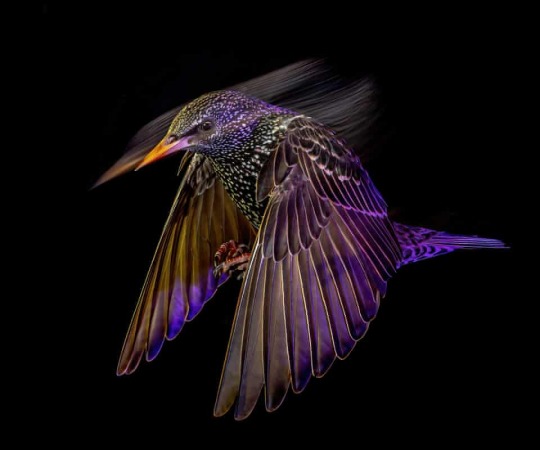


Animal portraits: winner
-Starling at Night by Mark Williams
Black & white: winner
-Raven Above Arran by Robin Dodd
RSPB Young British wildlife photographer of the year 2023 and 15-17 years: winner
-Coot, Frensham Little Pond, Surrey by Max Wood
21 notes
·
View notes
Photo


Category winners for the 2023 Australia Star Prize for Rural Photography.
Nature/ Landscape: Lisa Alexander, “Channel country comes alive”
Production: Jacqui Bateman, “Leaping Sheep”
66 notes
·
View notes
Photo

The Story: Winners of the 2022 Natural Landscape Photography Awards
The Writer: Alan Taylor
(seascapes category winning photo: Andre Donawa)
#photography#natural landscape photography awards#landscape photography#visual arts#seascapes#andre donowa#atlantic#alan taylor#photography awards
3 notes
·
View notes
Text
If you are looking to view some award winning photographs then check out these photographs.
0 notes
Text
Oooh! A great Gavin Finney (Good Omens Director of Photography) interview with Helen Parkinson for the British Cinematographer! :)
HEAVEN SENT
Gifted a vast creative landscape from two of fantasy’s foremost authors to play with, Gavin Finney BSC reveals how he crafted the otherworldly visuals for Good Omens 2.
It started with a letter from beyond the grave. Following fantasy maestro Sir Terry Pratchett’s untimely death in 2015, Neil Gaiman decided he wouldn’t adapt their co-authored 1990 novel, Good Omens, without his collaborator. That was, until he was presented with a posthumous missive from Pratchett asking him to do just that.
For Gaiman, it was a request that proved impossible to decline: he brought Good Omens season one to the screen in 2019, a careful homage to its source material. His writing, complemented by some inspired casting – David Tennant plays the irrepressible demon Crowley, alongside Michael Sheen as angel-slash-bookseller Aziraphale – and award-nominated visuals from Gavin Finney BSC, proved a potent combination for Prime Video viewers.
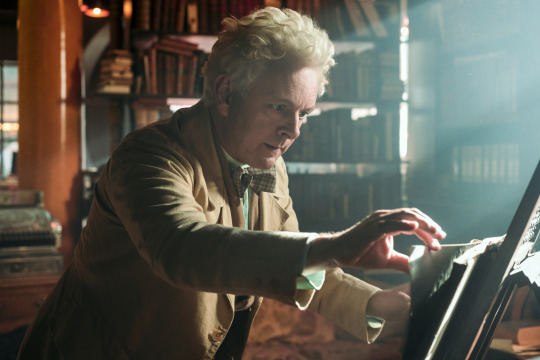
Aziraphale’s bookshop was a set design triumph.
Season two departs from the faithful literary adaptation of its predecessor, instead imagining what comes next for Crowley and Aziraphale. Its storyline is built off a conversation that Pratchett and Gaiman shared during a jetlagged stay in Seattle for the 1989 World Fantasy Convention. Gaiman remembers: “The idea was always that we would tell the story that Terry and I came up with in 1989 in Seattle, but that we would do that in our own time and in our own way. So, once Good Omens (S1) was done, all I knew was that I really, really wanted to tell the rest of the story.”
Telling that story visually may sound daunting, but cinematographer Finney is no stranger to the wonderfully idiosyncratic world of Pratchett and co. As well as lensing Good Omens’ first outing, he’s also shot three other Pratchett stories – TV mini series Hogfather (2006), and TV mini-series The Colour of Magic (2008) and Going Postal (2010).
He relishes how the authors provide a vast creative landscape for him to riff off. “The great thing about Pratchett and Gaiman is that there’s no limit to what you can do creatively – everything is up for grabs,” he muses. “When we did the first Pratchett films and the first Good Omens, you couldn’t start by saying, ‘Okay, what should this look like?’, because nothing looks like Pratchett’s world. So, you’re starting from scratch, with no references, and that starting point can be anything you want it to be.”

Season two saw the introduction of inside-outside sets for key locations including Aziraphale’s bookshop.
From start to finish
The sole DP on the six-episode season, Finney was pleased to team up again with returning director Douglas Mackinnon for the “immensely complicated” shoot, and the pair began eight weeks of prep in summer 2021. A big change was the production shifting the main soho set from Bovington airfield, near London, up to Edinburgh’s Pyramids Studio. Much of the action in Good Omens takes place on the Soho street that’s home to Aziraphale’s bookshop, which was built as an exterior set on the former airfield for season one. Season two, however, saw the introduction of inside-outside sets for key locations including the bookshop, record store and pub, to minimise reliance on green screen.
Finney brought over many elements of his season one lensing, especially Mackinnon’s emphasis on keeping the camera moving, which involved lots of prep and testing. “We had a full-time Scorpio 45’ for the whole shoot (run by key grip Tim Critchell and his team), two Steadicam operators (A camera – Ed Clark and B camera Martin Newstead) all the way through, and in any one day we’d often go from Steadicam, to crane, to dolly and back again,” he says. “The camera is moving all the time, but it’s always driven by the story.”
One key difference for season two, however, was the move to large-format visuals. Finney tested three large-format cameras and the winner was the Alexa LF (assisted by the Mini LF where conditions required), thanks to its look and flexibility.
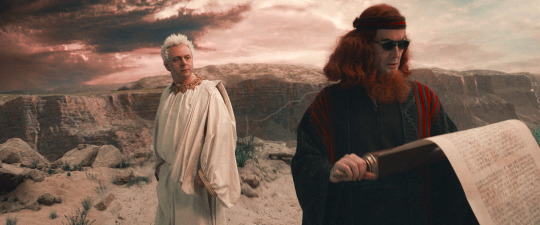
The minisodes were shot on Cooke anamorphics, giving Finney the ideal balance of anamorphic-style glares and characteristics without too much veiling flare.
A more complex decision was finding the right lenses for the job. “You hear about all these whizzy new lenses that are re-barrelled ancient Russian glass, but I needed at least two full sets for the main unit, then another set for the second unit, then maybe another set again for the VFX unit,” Finney explains. “If you only have one set of this exotic glass, it’s no good for the show.”
He tested a vast array of lenses before settling on Zeiss Supremes, supplied by rental house Media Dog. These ticked all the boxes for the project: “They had a really nice look – they’re a modern design but not over sharp, which can look a bit electronic and a bit much, especially with faces. When you’re dealing with a lot of wigs and prosthetics, we didn’t want to go that sharp. The Supremes had a very nice colour palette and nice roll-off. They’re also much smaller than a lot of large-format glass, so that made it easy for Steadicam and remote cranes. They also provided additional metadata, which was very useful for the VFX department (VFX services were provided by Milk VFX).”
The Supremes were paired with a selection of filters to characterise the show’s varied locations and characters. For example, Tiffen Bronze Glimmerglass were paired with bookshop scenes; Black Pro-Mist was used for Hell; and Black Diffusion FX for Crowley’s present-day storyline.

Finney worked closely with the show’s DIT, Donald MacSween, and colourist, Gareth Spensley, to develop the look for the minisode.
Maximising minisodes
Episodes two, three and four of season two each contain a ‘minisode’ – an extended flashback set in Biblical times, 1820s Edinburgh and wartime London respectively. “Douglas wanted the minisodes to have very strong identities and look as different from the present day as possible, so we’d instantly know we were in a minisode and not the present day,” Finney explains.
One way to shape their distinctive look was through using Cooke anamorphic lenses. As Finney notes: “The Cookes had the right balance of controllable, anamorphic-style flares and characteristics without having so much veiling flare that they would be hard to use on green screens. They just struck the right balance of aesthetics, VFX requirements and availability.” The show adopted the anamorphic aspect ratio (2:39.1), an unusual move for a comedy, but one which offered them more interesting framing opportunities.
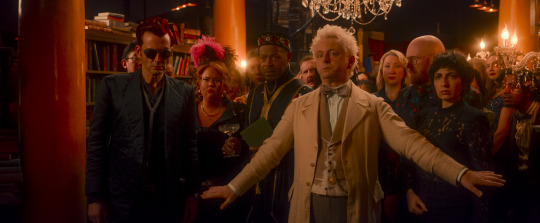
Good Omens 2 was shot on the Alexa LF, paired with Zeiss Supremes for the present-day scenes.
The minisodes were also given various levels of film grain to set them apart from the present-day scenes. Finney first experimented with this with the show’s DIT Donald MacSween using the DaVinci Resolve plugin FilmConvert. Taking that as a starting point, the show’s colourist, Company 3’s Gareth Spensley, then crafted his own film emulation inspired by two-strip Technicolor. “There was a lot of testing in the grade to find the look for these minisodes, with different amounts of grain and different types of either Technicolor three-strip or two-strip,” Finney recalls. “Then we’d add grain and film weave on that, then on top we added film flares. In the Biblical scenes we added more dust and motes in the air.”
Establishing the show’s lighting was a key part of Finney’s testing process, working closely with gaffer Scott Napier and drawing upon PKE Lighting’s inventory. Good Omens’ new Scottish location posed an initial challenge: as the studio was in an old warehouse rather than being purpose-built for filming, its ceilings weren’t as high as one would normally expect. This meant Finney and Napier had to work out a low-profile way of putting in a lot of fixtures.
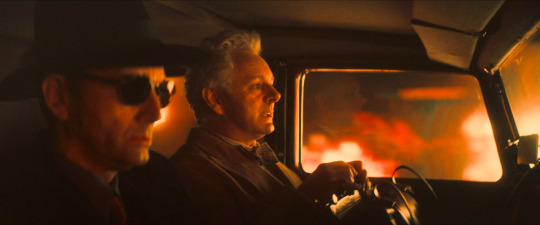
Inside Crowley’s treasured Bentley.
Their first task was to test various textiles, LED wash lights and different weight loadings, to establish what they were working with for the street exteriors. “We worked out that what was needed were 12 SkyPanels per 20’x20’ silk, so each one was a block of 20’x20’, then we scaled that up,” Finney recalls. “I wanted a very seamless sky, so I used full grid cloth which made it very, very smooth. That was important because we’ve got lots of cars constantly driving around the set and the sloped windscreens reflect the ceiling. So we had to have seamless textiles – PKE had to source around 12,000 feet of textiles so that we could put them together, so the reflections in the windscreens of the cars just showed white gridcloth rather than lots of stage lights. We then drove the car around the set to test it from different angles.”
On the floor, they mostly worked with LEDs, providing huge energy and cost savings for the production. Astera’s Titan Tubes came in handy for a fun flashback scene with John Hamm’s character Gabriel. The DP remembers: “[Gabriel] was travelling down a 30-foot feather tunnel. We built a feather tunnel on the stage and wrapped it in a ring of Astera tubes, which were then programmed by dimmer op Jon Towler to animate, pulse and change different colours. Each part of Gabriel’s journey through his consciousness has a different colour to it.”
Among the rigs built was a 20-strong Creamsource Vortex setup for the graveyard scene in the “Body Snatchers” minisode, shot in Stirling. “We took all the yokes off each light then put them on a custom-made aluminium rig so we could have them very close. We put them up on a big telehandler on a hill that gave me a soft mood light, which was very adjustable, windproof and rainproof.”

Shooting on the VP stage for the birth of the universe scenes in episode one.
Sky’s the limit
A lot of weather effects were done in camera – including lightning effects pulsed in that allowed both direct fork lightning and sheet lightning to spread down the streets. In the grade, colourist Spensley was also able to work his creative magic on the show’s skies. “Gareth is a very artistic colourist – he’s a genius at changing skies,” Finney says. “Often in the UK you get these very boring, flat skies, but he’s got a library of dramatic skies that you can drop in. That would usually be done by VFX, but he’s got the ability to do it in Baselight, so a flat sky suddenly becomes a glorious sunset.”
Finney emphasises that the grade is a very involved process for a series like Good Omens, especially with its VFX-heavy nature. “This means VFX sequences often need extra work when it comes back into the timeline,” says the DP. “So, we often add camera movement or camera shake to crank the image up a bit. Having a colourist like Gareth is central to a big show like Good Omens, to bring all the different visual elements together and to make it seamless. It’s quite a long grade process but it’s worth its weight in gold.”


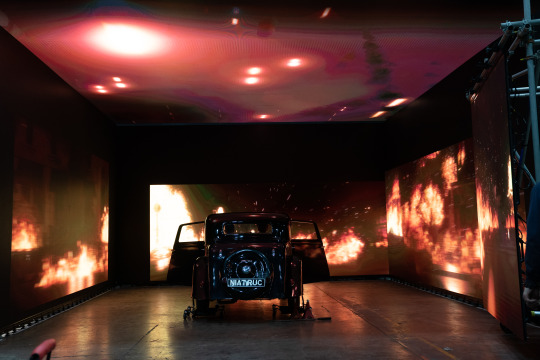
Shooting in the VR cube for the blitz scenes .
Finney took advantage of virtual production (VP) technology for the driving scenes in Crowley’s classic Bentley. The volume was built on their Scottish set: a 4x7m cube with a roof that could go up and down on motorised winches as needed. “We pulled the cars in and out on skates – they went up on little jacks, which you could then rotate and move the car around within the volume,” he explains. “We had two floating screens that we could move around to fill in and use as additional source lighting. Then we had generated plates – either CGI or real location plates –projected 360º around the car. Sometimes we used the volume in-camera but if we needed to do more work downstream; we’d use a green screen frustum.” Universal Pixels collaborated with Finney to supply in-camera VFX expertise, crew and technical equipment for the in-vehicle driving sequences and rear projection for the crucial car shots.

John Hamm was suspended in the middle of this lighting rig and superimposed into the feather tunnel.
Interestingly, while shooting at a VP stage in Leith, the team also used the volume as a huge, animated light source in its own right – a new technique for Finney. “We had the camera pointing away from [the volume] so the screen provided this massive, IMAX-sized light effect for the actors. We had a simple animation of the expanding universe projected onto the screen so the actors could actually see it, and it gave me the animated light back on the actors.”
Bringing such esteemed authors’ imaginations to the screen is no small task, but Finney was proud to helped bring Crowley and Aziraphale’s adventures to life once again. He adds: “What’s nice about Good Omens, especially when there’s so much bad news in the world, is that it’s a good news show. It’s a very funny show. It’s also about good and evil, love and doing the right thing, people getting together irrespective of backgrounds. It’s a hopeful message, and I think that that’s what we all need.”
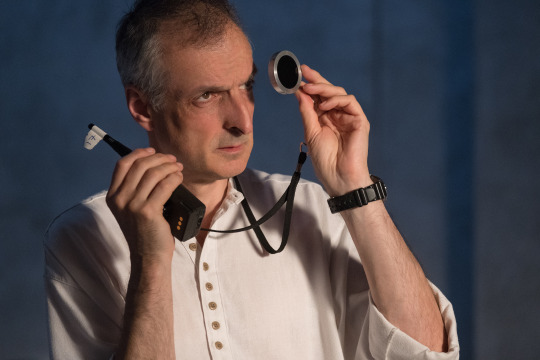
Finney is no stranger to the idiosyncratic world of Sir Terry Pratchett and Neil Gaiman.
#good omens#gos2#season 2#interview#gavin finney#neil gaiman#terry pratchett#gavin finney interview interview#s2 interview#bts#fun fact#british cinematographer#british cinematographer 2023#jon hamm#2ep1#2ep2#2ep3#2ep4#2ep6#2i1i1#job's minisode#1941 minisode#1827 minisode#2i6i7#bentley
2K notes
·
View notes
Text
Awards

#original photographers on tumblr#nature#photography#photographers on tumblr#nature photography#original photographers#scenery#landscape#winter#original photography on tumblr#snow#trees#bush#awards
1 note
·
View note
Text

Think it's going to snow much this year? This scene was a beauty from the farmlands of Concord, MA a few years back.
PRINT SHOP
#snow#winter#boston#winter photography#michael clarke photography#clarke photography#outdoor photographer#nature#landscape photography#landscape photography podcast#landscape photography awards#contemporary photography#concord massachusetts gallery#concord massachusetts#fine art print#clarke
19 notes
·
View notes
Text
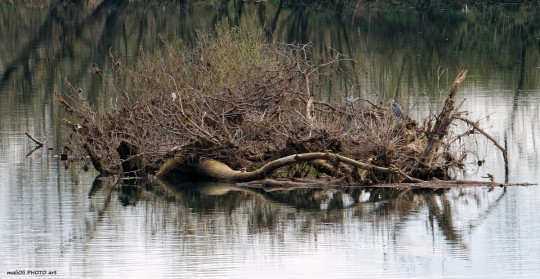
Sandbar on river Korana
This photo has been selected for Explorer on Flickr at March 29, 2024.
#canon#croatia#europe#photo#photography#hrvatska#photographers on tumblr#original photographers#nature#award#flickr#my photos#photoblog#canon photography#landscape photography#nature photopragpy#original photography#original photography on tumblr
50 notes
·
View notes
Text
Завораживающие зимние пейзажи в объективе Энтони Спенсера.
Mesmerizing winter landscapes through the lens of Anthony Spencer.
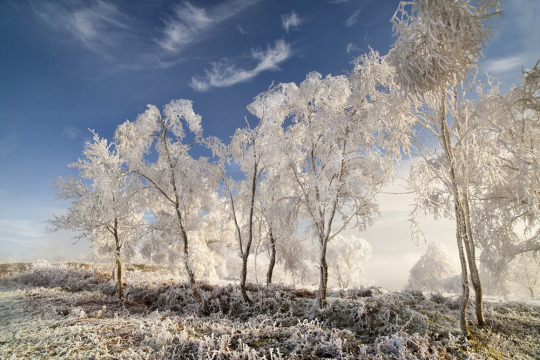
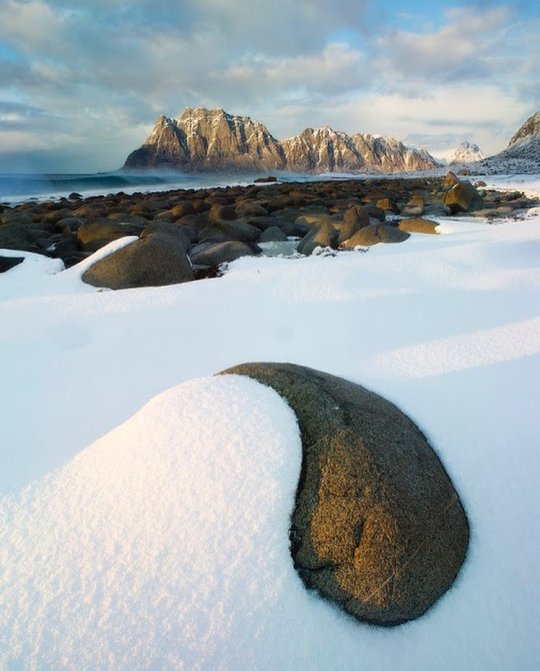
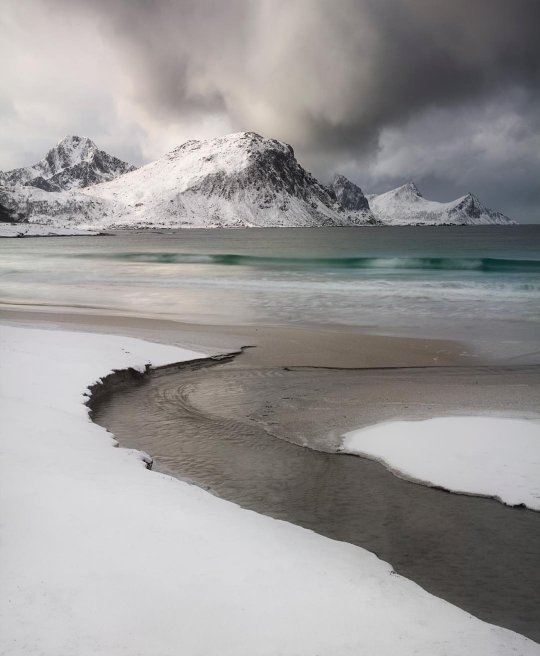

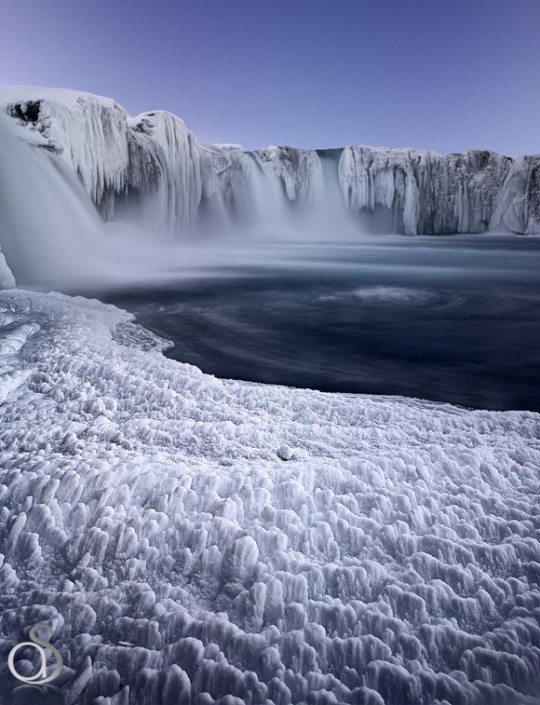
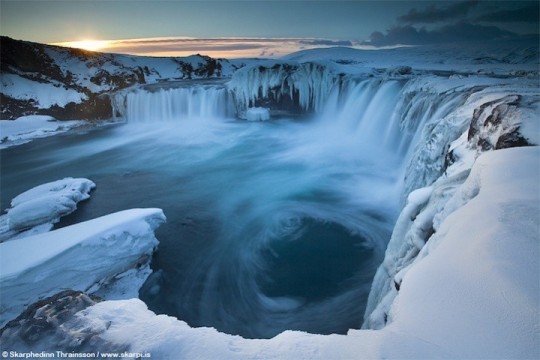
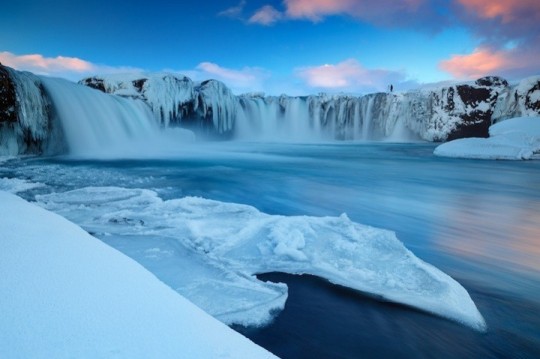
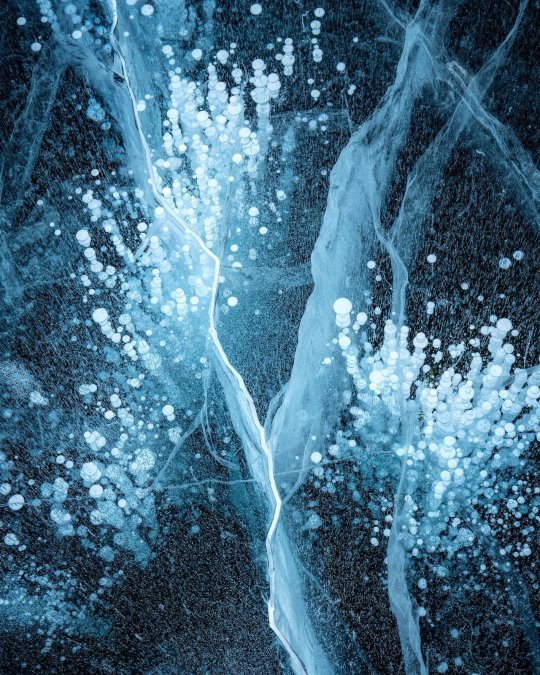

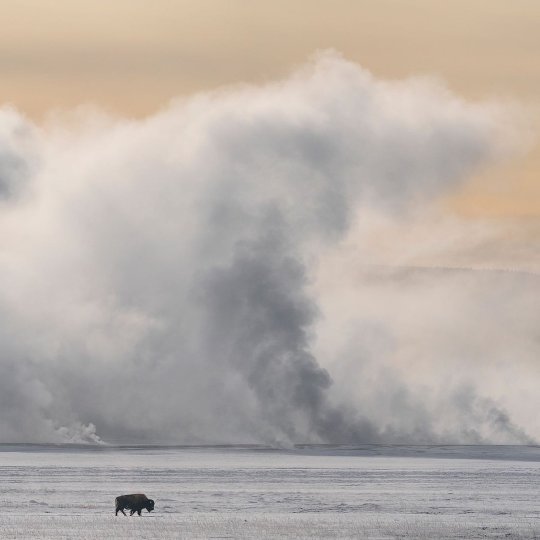
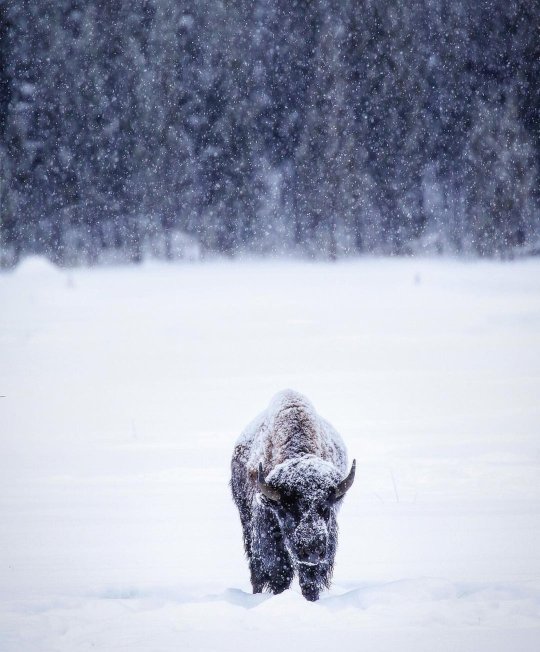



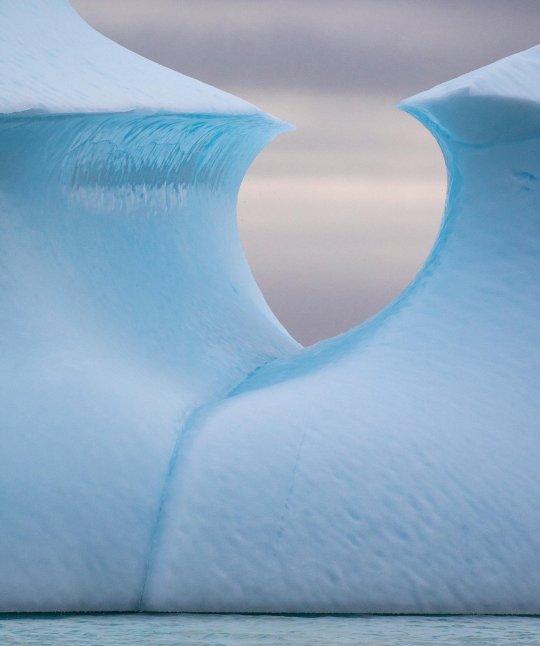
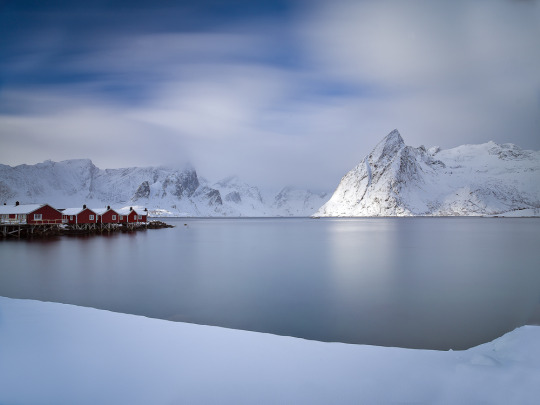
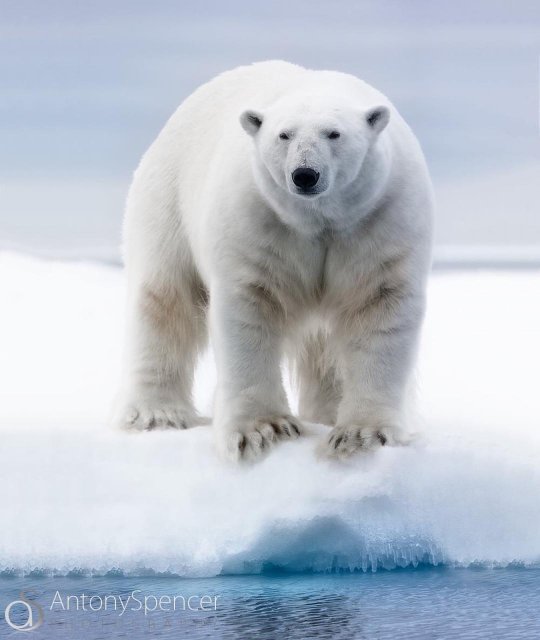
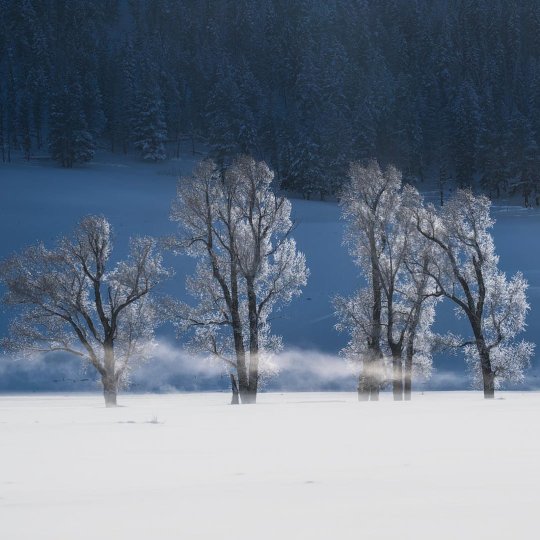

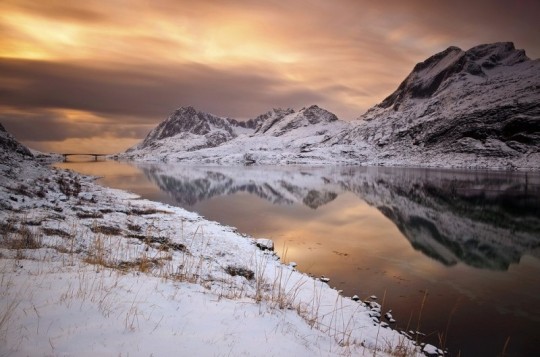
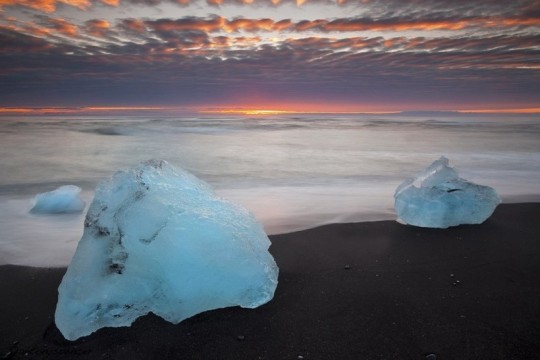
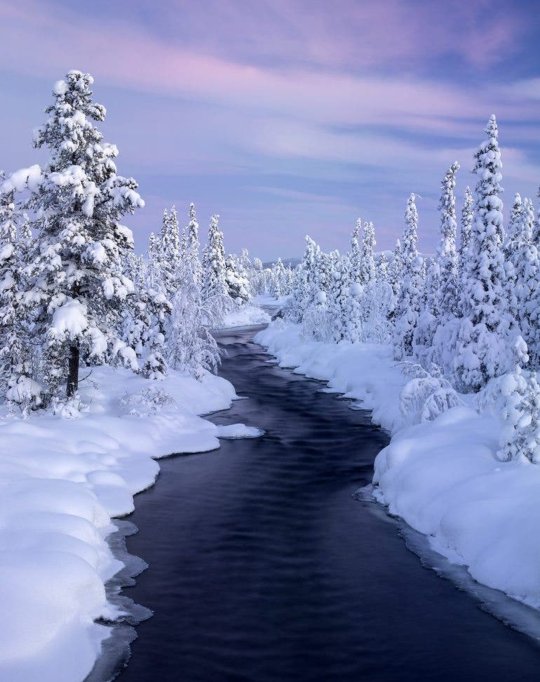
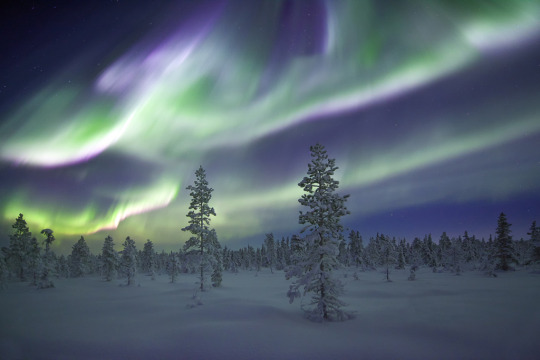
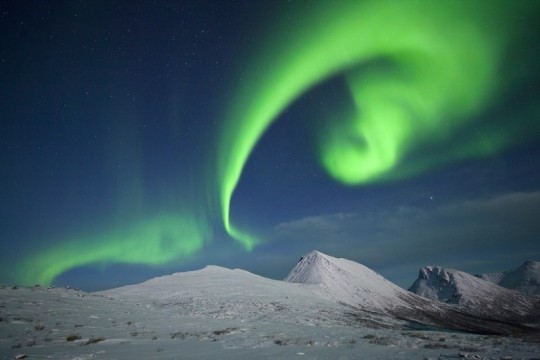
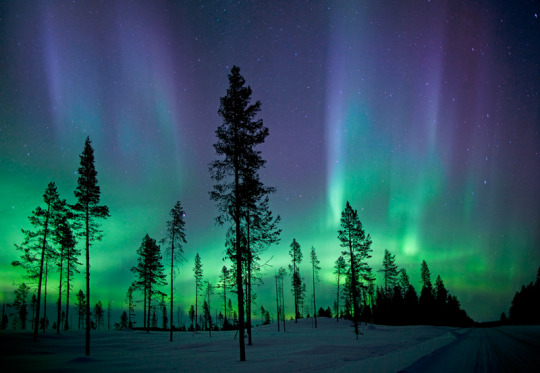

Энтони Спенсер (Antony Spencer) – один из известнейших британских фотографов пе��зажистов и фотографов дикой природы, отмеченный множеством наград. Ему посчастливилось путешествовать по планете в поисках невероятной геологии, природных явлений и дикой природы. На данный момент он посетил пять континентов и тридцать стран.В 2010 году стал победителем конкурса "Лучший фотограф Великобритании" в номинации "Пейзажная фотография" Фотографией он увлекся в 2007 году и с тех пор это его хобби и работа.
Anthony Spencer is one of Britain's most renowned award-winning landscape and wildlife photographers. He has been fortunate enough to travel the planet in search of incredible geology, natural phenomena and wildlife. At the moment, he has visited five continents and thirty countries. In 2010 he won the “Best Photographer of Great Britain” competition in the “Landscape Photography” category. He became interested in photography in 2007 and since then it has been his hobby and work.
Источник:/fotointeres.ru/2013/07/30/krasivyie-foto-prirodyi-ot-entoni-spenser-12-foto/, //photar-ru.livejournal.com/2749266.html,
//photar.ru/yarkaya-pejzazhnaya-fotografiya-ot-antony-spencer/,
http://www.kudatotam.ru/pages/6123-prekrasnyie-peyzaji-entoni-spensera.html,
http://londonconsultant.blogspot.com/2012/05/antony-spencer.html.
#photographer#Antony Spencer#nature#nature aesthetic#landscape photography#winter#snow#ice#mountains#river#trees and forest#northern lights#stars#animal photography#travel#фотограф#Энтони Спенсер#природа#пейзаж#зима#снег#река#горы#лес#небо#айсберг#лед#северное сияние#звезды#природная красота
92 notes
·
View notes
Photo
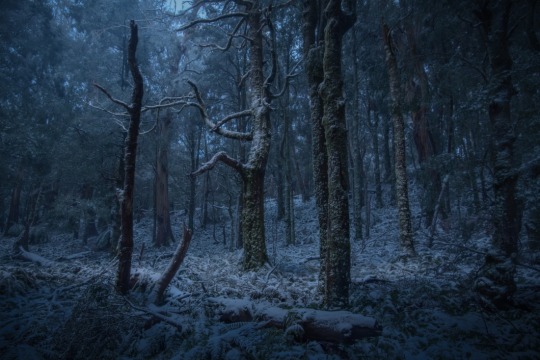
Title
Hollow
Mount Donna Buang, Victoria, Australia - 2021
Photographer: Tyson Waldron - Australia
Neutral Density Photography Awards
#tyson waldron#photographer#neutral density photography awards#nature#mount donna buang#victoria#australia#landscape#night#forest
402 notes
·
View notes
Text



Dramatic Landscapes and Dazzling Portraits Highlight Global Perspectives in the 2023 Sony World Photography Awards
415 notes
·
View notes
Text

Gareth Mon Jones
Fairy Light
"My image from the Fairy Glenn that won the British Photography Awards overall winner in the landscape category 2023"
89 notes
·
View notes